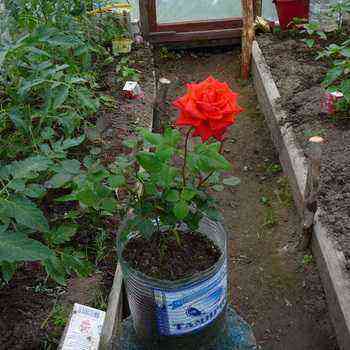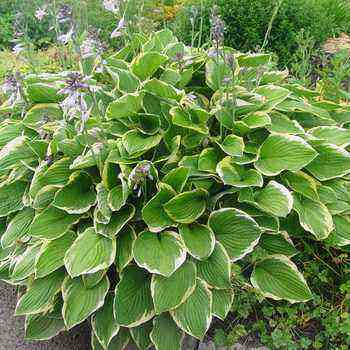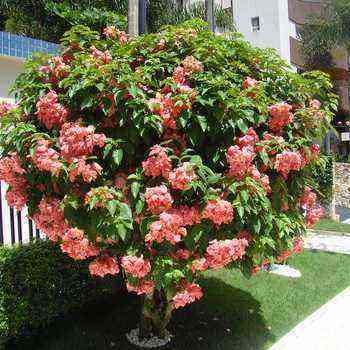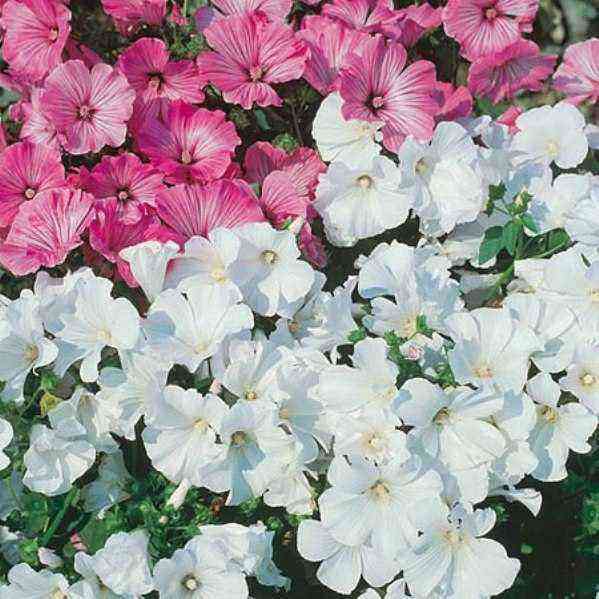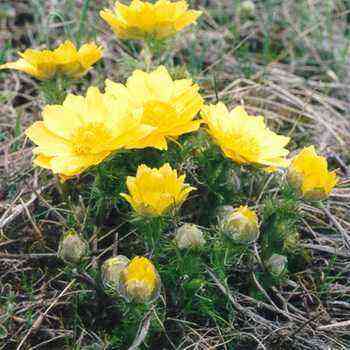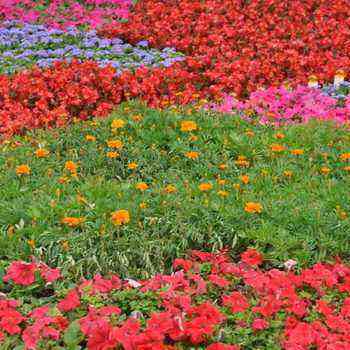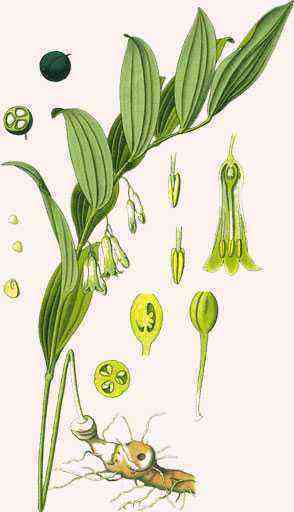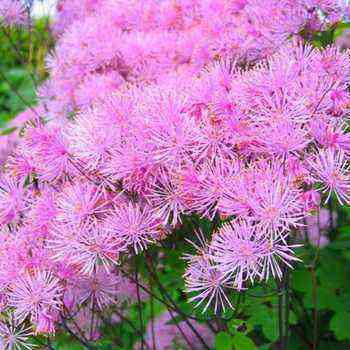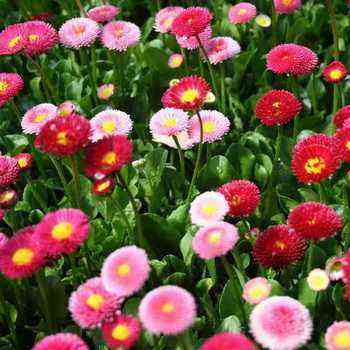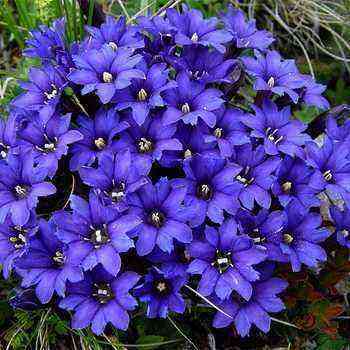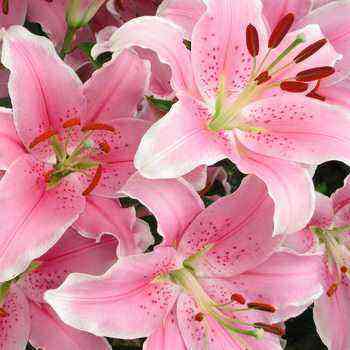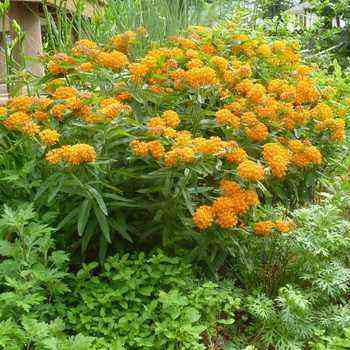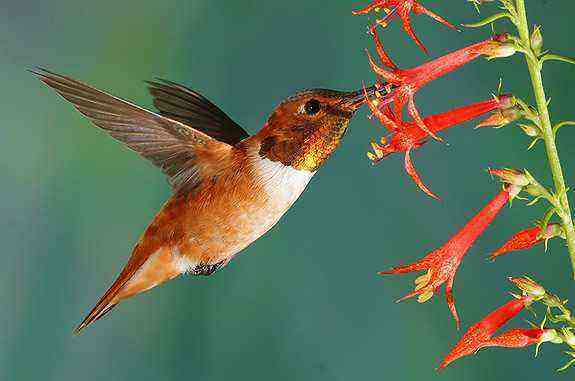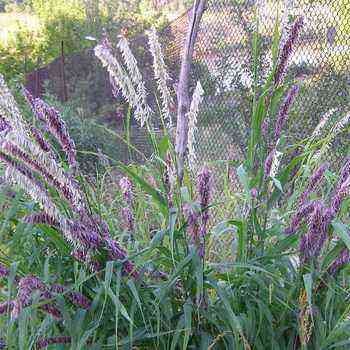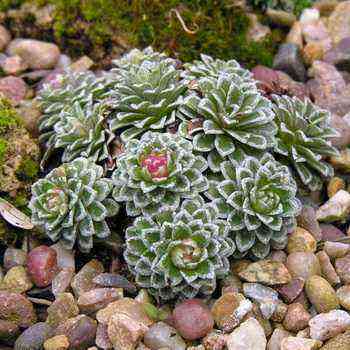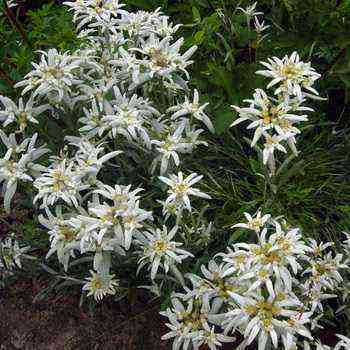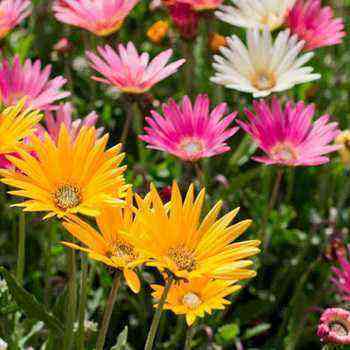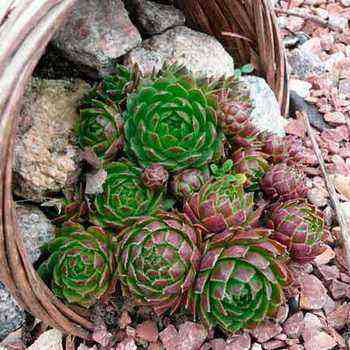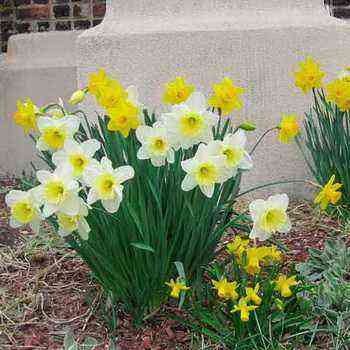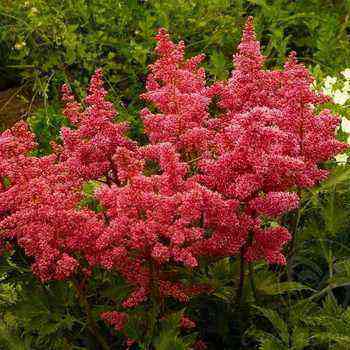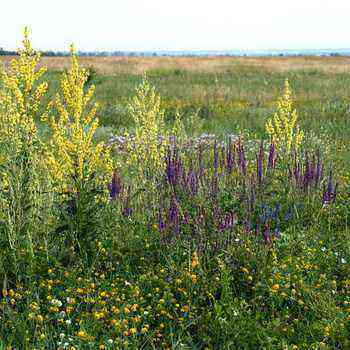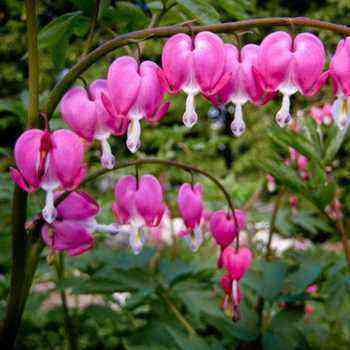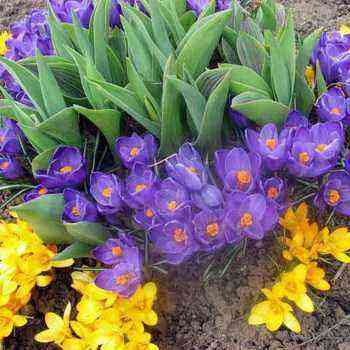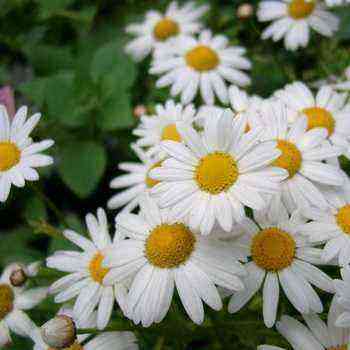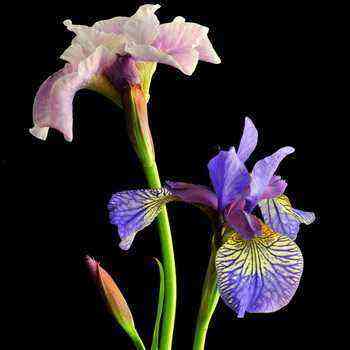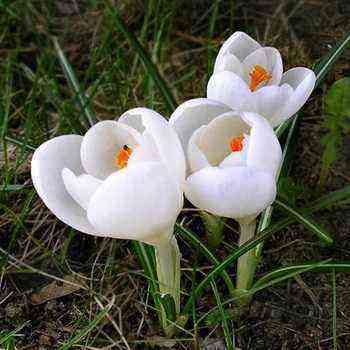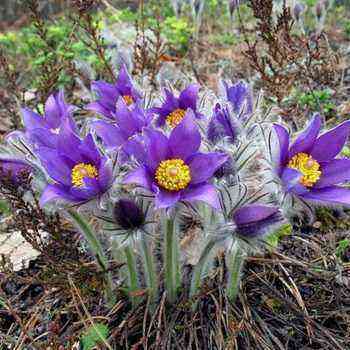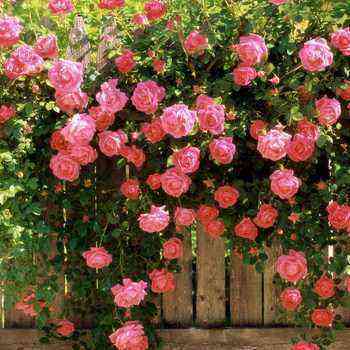 Flax is not only a useful crop widely used in the textile industry. A perennial plant flax, as well as the Narbon and Alpine species of this crop have highly decorative qualities and are successfully grown on private plots of medium wood. Its blue, white or yellowish flowers can decorate any flower bed, and are also ideal for rock gardens.
Flax is not only a useful crop widely used in the textile industry. A perennial plant flax, as well as the Narbon and Alpine species of this crop have highly decorative qualities and are successfully grown on private plots of medium wood. Its blue, white or yellowish flowers can decorate any flower bed, and are also ideal for rock gardens.
What does a flax plant of different types look like?
Of the 25 species, only two are most often used in flower decoration: perennial and Narbon. A description of the flax plant of these species can be found on this page.
Plants with erect, strong, thin stems, narrow opposite leaves and beautiful five-petal flowers that open on sunny days.
Look at the photo – the flax plant has flowers of blue, white, yellow or red colors, all of them are collected in half-umbrellas or brushes:
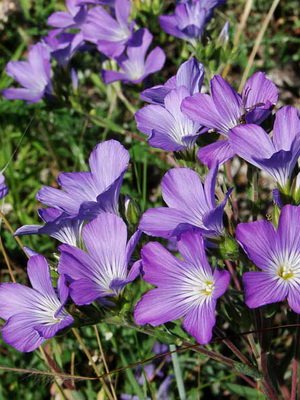

Perennial, or Siberian, up to 80 cm in height, stems are naked, thin, rod-shaped, usually branched at the top. The leaves are small, linear, alternate, green or bluish.
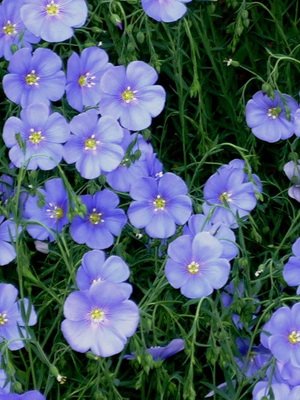

As you can see in the photo, in perennial flax flowers are pale blue or blue, 2 cm in diameter, collected in a loose corymbose panicle:
Sepals are ovate, easily falling off. The capsule is spherical, 8 mm in diameter, the seeds are brown, flat, 5 mm in length. Perennial flax tolerates light shading, but it grows better and blooms more abundantly in open places well warmed by the sun.
Narbonne is a plant about 30 cm tall with thin graceful, slightly twisted shoots. It blooms in June-July with sky-blue flowers, 2.0-2.5 cm in diameter, collected in small-flowered inflorescences on the tops of leafy stems.
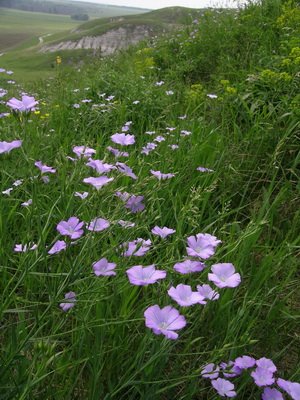
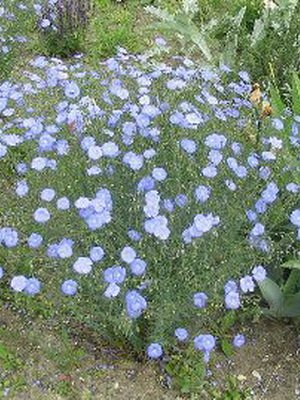
But also alpine flax is found. A 40 cm high pin-root plant. The plant grows from mid-April to October. Blossoms in May and June, seeds in June and July.
Below you can see what a flax plant of all these types looks like:
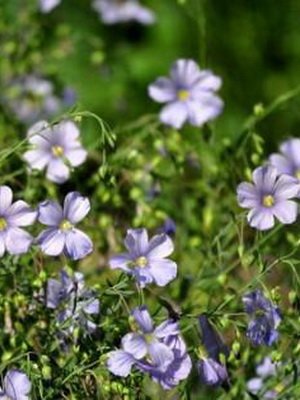

Growing of perennial, Narbonne and Alpine flax
 Flax is easily propagated by seeds. When sown in March in a greenhouse, they bloom in the same year, but you can sow directly to a permanent place in the fall before winter or in spring.
Flax is easily propagated by seeds. When sown in March in a greenhouse, they bloom in the same year, but you can sow directly to a permanent place in the fall before winter or in spring.
Flax grown from seeds blooms more abundantly and plants are more viable than when dividing bushes.
When growing perennial flax, as well as when growing flax of other species, 5 kg of compost or humus per 1 m2 are added to ordinary garden soil, if the soil is heavy, clayey, add 1-2 buckets of sand. Damp soils are not suitable for flax.
Planting distance 15 x 20 cm. The best time to plant seedlings is late May – early June. Landings are weeded in a timely manner, watered only in dry times. Although each flower lives for a little more than a day, in general, the flowering is long – more than two months, from June to August.
Seeds of perennial, Narbon and Alpine flax ripen in August-September in abundance. It reproduces easily by self-sowing; in the spring, seedlings can be transferred to new places.
Flax of all types is planted in rock gardens, in rocky areas among stunted perennials.

